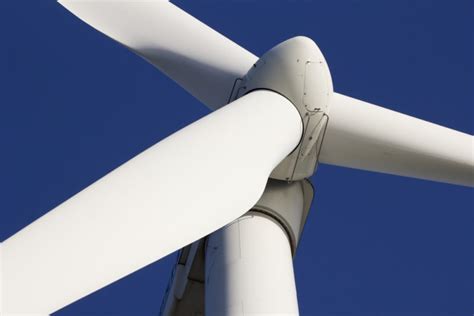Tariffs have been a hot topic, causing quite a stir in the renewable energy sector. President Trump’s recent tariff proposals are expected to have significant implications for the industry. Analysts predict that these tariffs will hike up construction costs for renewable energy projects in the United States, adding extra hurdles to an already struggling sector.
Understanding the Components
Endri Lico, an analyst at Wood Mackenzie, shed light on the intricate nature of wind turbines. These towering structures comprise thousands of subcomponents sourced from various suppliers across the globe. The United States heavily relies on imported parts to construct wind turbines, with major sources including Europe, Mexico, Vietnam, and India.
The Impact of Tariffs
The introduction of tariffs could spell trouble for the renewable energy landscape. A 25 percent tariff on imported goods may result in a 10 percent surge in land-based wind turbine costs and a 7 percent increase in overall renewable energy facility construction expenses. Consequently, this cost escalation could translate to higher electricity prices for consumers.
Expert Insights:
“It’s crucial to note that any rise in production costs could deter new power generation initiatives at a critical juncture when there is a growing demand for electricity,” highlighted industry expert Mr. Lico.
The Trump administration’s stance has also cast shadows over renewable energy growth forecasts even before tariff talks began. With skepticism looming large, analysts had already revised their projections downward. This skepticism has particularly impacted states along the East Coast eying offshore wind developments as part of their clean energy strategies.
Industry Response Strategies
Amidst these uncertainties, key players like Vestas Wind Systems and GE Vernova are exploring alternative strategies to navigate through potential challenges posed by tariffs. These companies operate manufacturing plants across different locations and could potentially adjust their component sourcing methods to offset tariff impacts.
While imports of land-based wind equipment have dwindled due to increased domestic manufacturing spurred by government initiatives like the Biden administration’s Inflation Reduction Act; analysts remain cautious about future growth prospects given current market dynamics.
In conclusion:
Renewable energy stakeholders are bracing themselves for turbulent times ahead as they navigate through potential tariff-induced disruptions amidst broader industry challenges and shifting policy landscapes.

